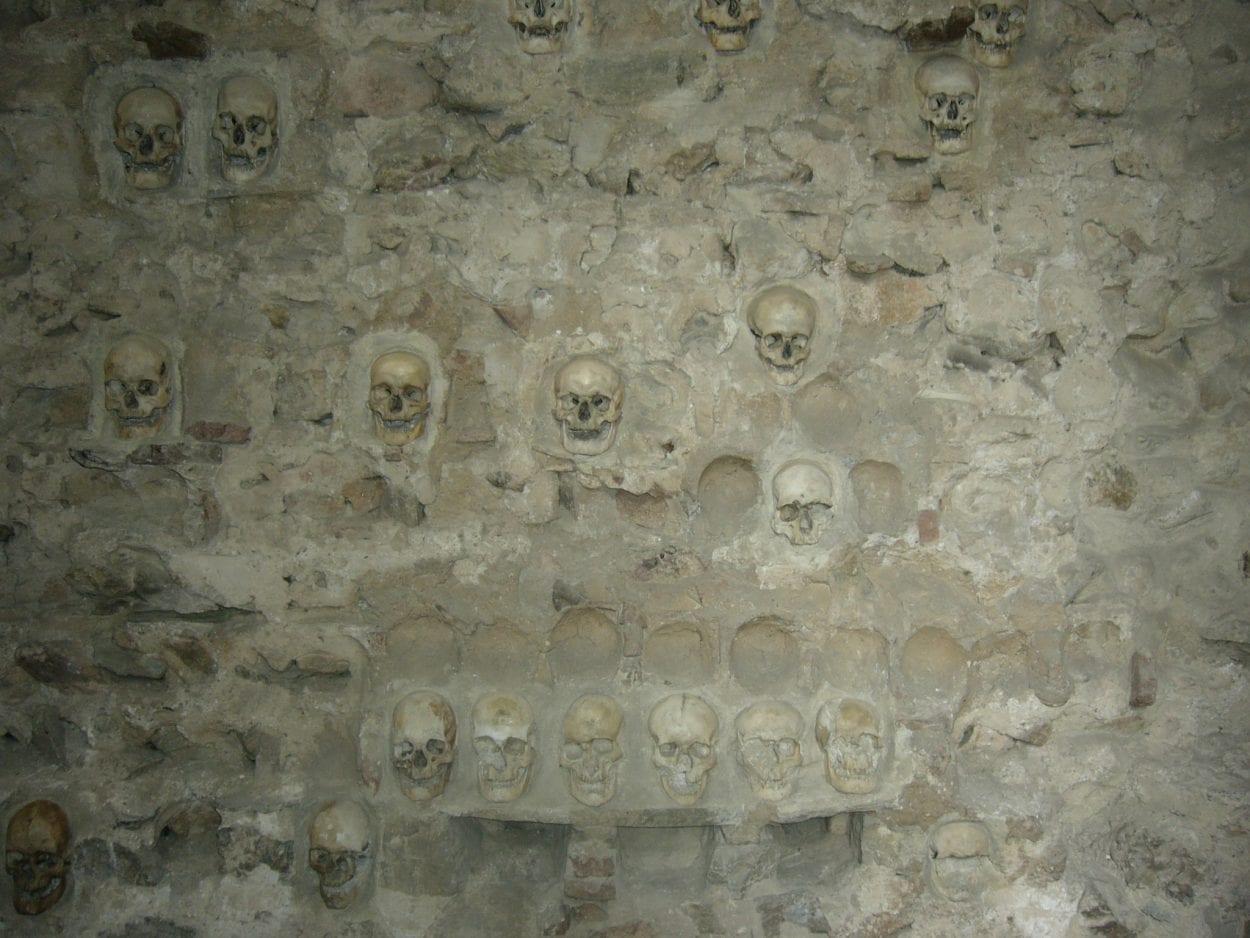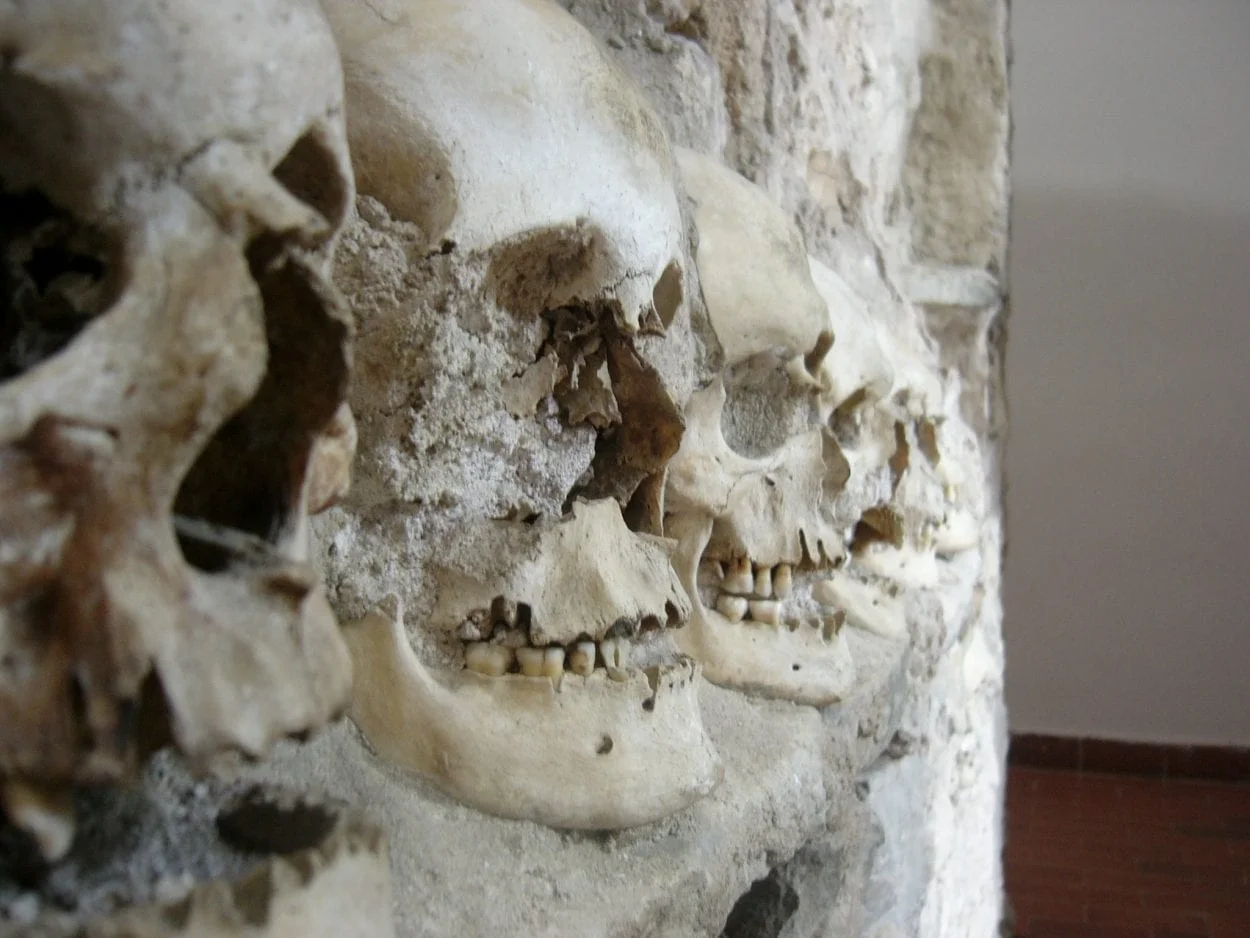The Skull Tower is a stone monument, embedded with human skulls that was constructed by soldiers of the Ottoman Empire after the Battle of Čegar in 1809.
The Battle of Čegar, (also called the Battle of Kamenica) was a conflict during the First Serbian Uprising in the Sanjak of Smederevo (an Ottoman administrative division) between the Serbian Revolutionaries and Ottoman forces on Čegar hill near the city of Niš in Serbia.
Before the battle, the Serbian Revolutionaries had constructed six large defensive positions to force the Ottoman’s defending from the Niš fortress to capitulate, but the Ottoman’s used the negotiations to delay the conflict in time for 20,000 reinforcements from Rumelia.
The battle lasted a whole day, with fierce hand-to-hand fighting resulting in thousands of losses on both sides and concluding in the Serbian Revolutionaries being forced to retreat in defeat to the town of Deligrad.

As a warning to further revolutionaries in the region, the Ottomans collected the heads from the Serbian dead and peeled off the skin. The heads were stuffed with straw and sent to the Ottoman sultan, Mahmud II at the Imperial Palace in Istanbul to celebrate the victory.
The skulls were then returned to Niš and built into a 4.5-metre-tall tower, embedded on all sides with over 950 skulls across 14 rows.
During the final years of Ottoman rule in Niš, the Governor Midhat Pasha would later order the removal of the skulls as it was felt the tower fostered resentment amongst the locals and no longer served as an effective means of discouraging revolution.

With the Ottoman withdrawal in 1878, the Royal Serbian Army searched the town for the missing skulls, finding some buried nearby and one found embedded deep inside the tower walls. The tower became a monument to Serbian resistance and was capped with a roof baldachin topped with a cross to honour the fallen dead.
This was followed by the construction of a chapel in 1892 around the tower, which now contains 58 of the skulls embedded in the tower walls. In 1948, the Skull Tower and the chapel enclosing it were declared Cultural Monuments of Exceptional Importance and was placed under the protection of the Socialist Republic of Serbia as a site of Serb pilgrimage.
Header Image Credit : Amanda – CC BY 2.0







